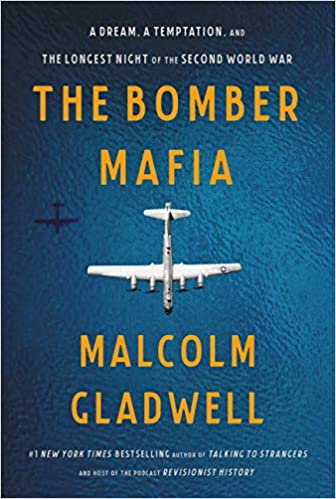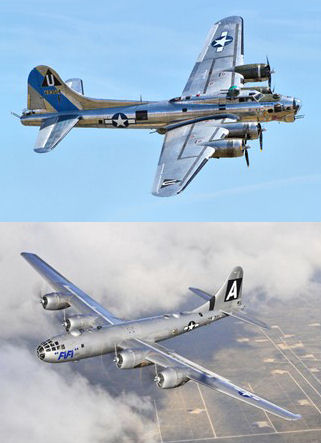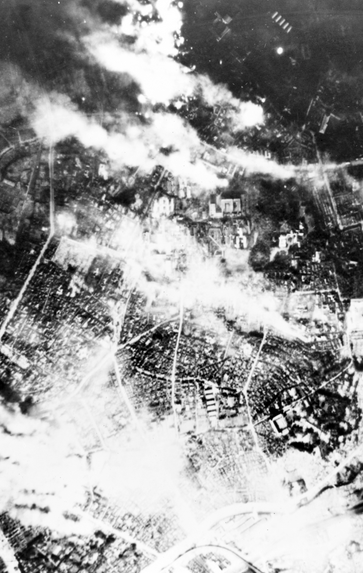 We are far enough beyond World War II that it is appropriate for Malcom Gladwell to approach the competing bombing strategies used in that war with a combination of historical fact, analysis, and irony, and that is just what he does in The Bomber Mafia.
We are far enough beyond World War II that it is appropriate for Malcom Gladwell to approach the competing bombing strategies used in that war with a combination of historical fact, analysis, and irony, and that is just what he does in The Bomber Mafia.

Gladwell’s new and brief account (210 pp) of the differences in the strategies and the history behind them includes the technology used and the men who motivated their development and deployment. Haywood Hansell is not well known, but Curtis LeMay and Carl Norden are, and these three men were key to this entire history.
To appreciate this history and enjoy the book, you must start with is an understanding that without aerial bombing the war in both the European and Pacific theaters would have gone on for much longer and resulted in even more death and destruction. Gladwell has that understanding, although he makes clear his anti-war view of the world.

The personalities will be familiar to anyone who has studied the war, and Gladwell relates interactions among them that are previously untold or at least not well known. But those conversations and decisions are important to understanding where, why, and – most importantly – how, the bombing was done.
Gladwell does not have much bias about the people or the roles and positions they took, although his treatment of LeMay is gentler than any I have previously read. His job in this wonderful book is to relate the facts and the reasons, and it is a job well done.
The book is a “must read” for anyone that has even a mild interest in the war, and one that may pique the interest of someone not previously intrigued by that awful conflict. Do not miss it.
I listened to the book and enjoyed learning more about the “main characters” that you mentioned. I read lots of WWII books and found this to be one of the best.